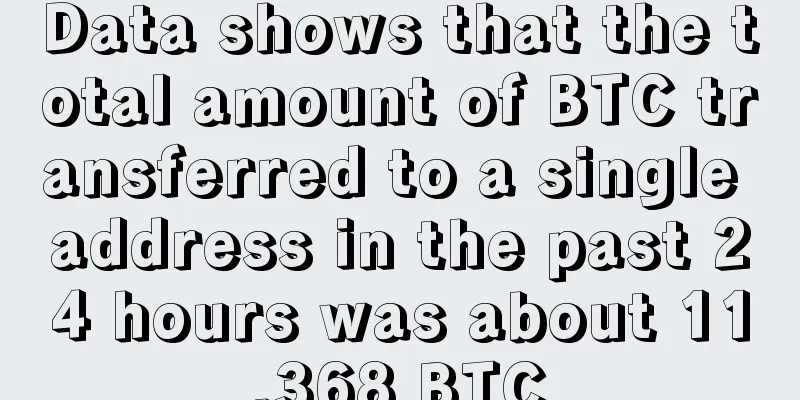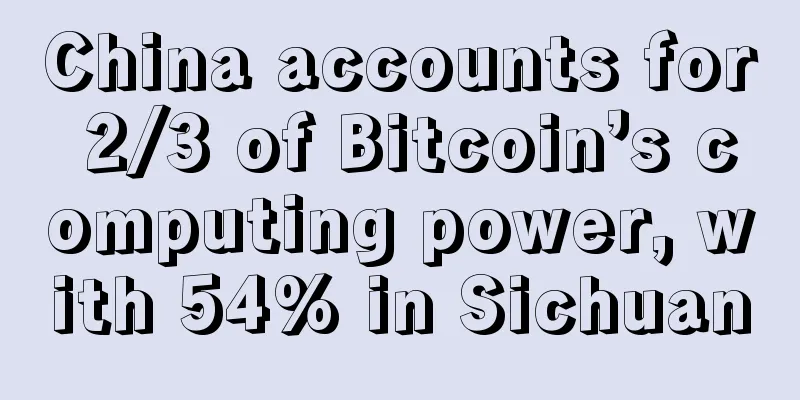Bitcoin's Segregated Witness and Forks

|
Bitcoin Expansion and Segregated Witness Normally, there are two ways to increase the number of transactions in a block: increasing the block size and reducing the volume of transaction data. The corresponding methods are expansion and segregated witness. Expansion is very simple, which is to increase the block capacity. What is not simple is how much to increase it. When the transaction information issued by the new system is compatible with the old system, but the transaction information of the old system is not compatible with the new system, the blocks packaged by the miners of the old system will contain two types of transaction information, while the blocks packaged by the miners of the new system will not contain the transaction information initiated by the old system, resulting in the two types of blocks existing in parallel in the network. In a distributed system like blockchain, normal direct software updates require the approval of the majority of the community. For example, among the many expansion protocols of Bitcoin, at least 75% of the computing power must be approved, and at most 95%, but a soft fork only requires 51% of the computing power. |
Recommend
A woman with under-eye bags is a real beauty
A woman with under-eye bags is a real beauty &quo...
BnKToTheFuture pushes Australian bitcoin mining to go public
Simon Dixon, CEO of BnkToTheFuture, said stock ex...
Who is the infatuated woman?
Who is the infatuated woman? Since ancient times,...
Forex Broker FXPRIMUS Starts Accepting Bitcoin Deposits
As a virtual currency, Bitcoin has gradually gain...
Is a woman with eight characters having good fortune? What is her facial features like?
Eyes are the windows to the soul and are also very...
Market plunge: Who is selling “value coins”? How long will it take to digest the selling pressure?
On July 5, the crypto market experienced another ...
The facial features of those who are responsible for themselves and know how to manage their body
Everyone has different requirements and standards...
The nose shows the fate of life
The nose shows the fate of life If a woman has a ...
In which areas are you prone to misjudgment?
Not everyone has an absolutely reliable and accur...
What does a good man look like compared to a bad man?
Men with straight eyebrows are good If a man has ...
A mole on a man's chest means he is not pragmatic.
Is it good for a man to have a mole on his chest?...
What does it mean to have a mole on your left foot?
Moles are everywhere on our body and have a great...
Analysis of the five facial features of a vicious woman
A vicious woman's face also gives people a fee...
Is it a good palm if the lines on the palm are very clear?
The lines on our palms are the palm lines, and one...
How do you know your rewards and punishments?
How do you know your rewards and punishments? No ...









